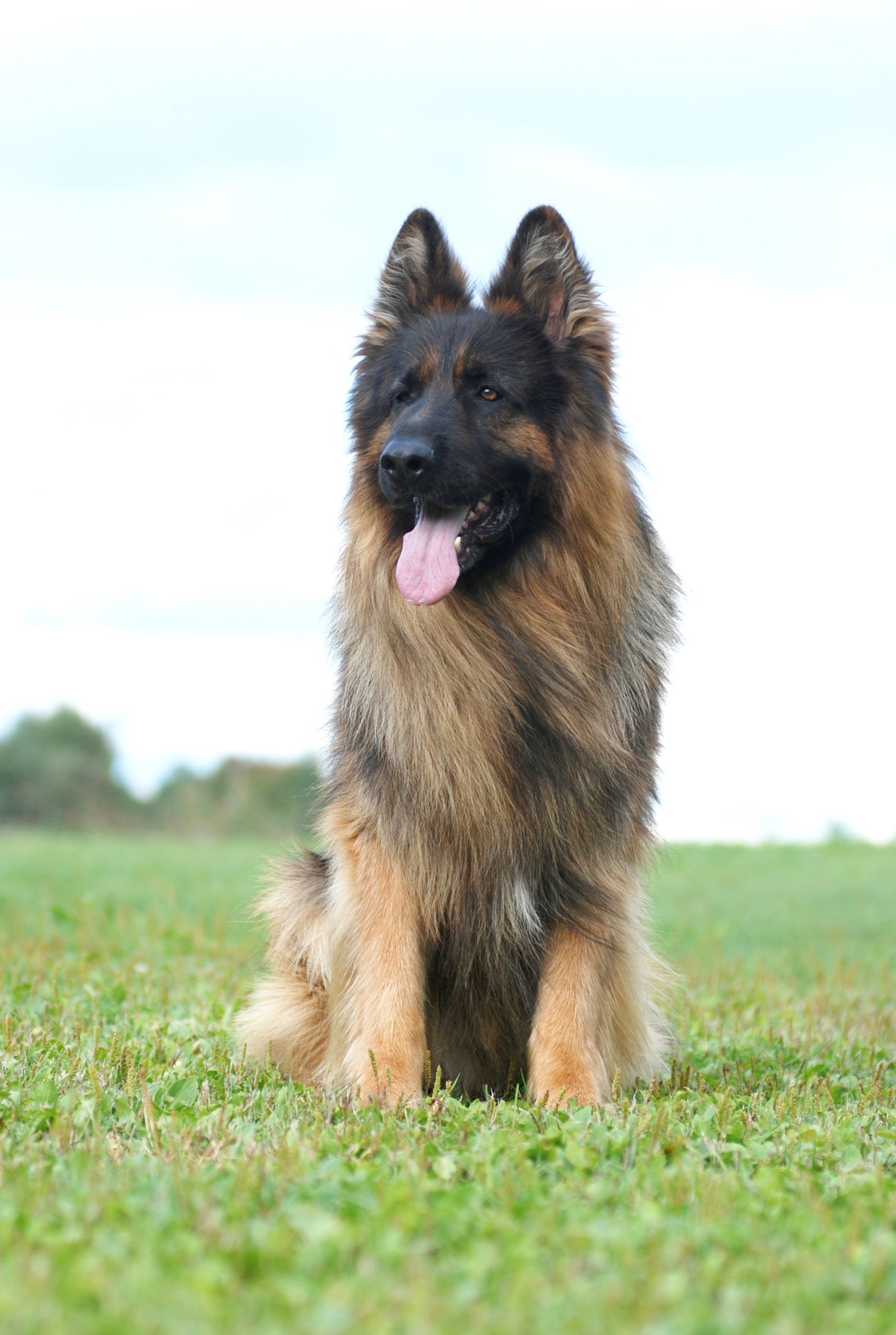Are you ready to start training your new puppy? Congratulations on bringing a new furry friend into your life! Training your pup can be challenging, but it’s also incredibly rewarding. In just seven days or less, you and your dog can learn the basics of obedience training with consistency and patience.
Introduction to Puppy Training
The first step in training your puppy is understanding that they are not born knowing how to behave like a well-mannered dog. It takes time, effort, and dedication from their owners to teach them what is expected of them. Start by setting realistic goals for yourself and your puppy. Remember, training should always be positive and fun for both of you.
The Importance of Consistency and Patience
Consistency and patience are key when it comes to training your puppy. Your pup needs to understand that you are the leader and that there will be consequences if they misbehave. However, this doesn’t mean you need to be harsh or aggressive towards your dog. Instead, use positive reinforcement techniques such as praise and treats to encourage good behavior. Be patient with your pup and don’t expect too much too soon. They are still learning and may make mistakes along the way.
Setting Up a Schedule for Your Puppy’s Training
To ensure success during the training process, set up a schedule for your puppy’s training sessions. Begin with short sessions (5-10 minutes) multiple times per day rather than one long session. This helps keep your pup engaged and focused throughout the training process. As your pup progresses, you can increase the length of each session while maintaining consistent frequency.

Teaching Basic Commands: Sit, Stay, Come
One of the most important aspects of puppy training is teaching basic commands such as sit, stay, and come. These commands form the foundation of all other behaviors and help establish boundaries between you and your pup. To teach these commands, begin by using verbal cues (“Sit,” “Stay,” “Come”) and hand signals. Use positive reinforcement techniques such as praise and treats to encourage good behavior. With practice, your pup will quickly pick up on these commands and respond promptly.
Housebreaking 101
Another essential aspect of puppy training is housebreaking. The goal is to teach your pup where to eliminate and when. Start by taking your pup outside frequently (every hour or so) and immediately after eating, drinking, or waking up from a nap. Whenever your pup eliminates outdoors, give them plenty of praise and attention. If accidents happen indoors, clean up thoroughly and avoid scolding your pup. Instead, take them outside and show them where to go. With consistency and patience, your pup will catch on quickly.
Socialization Tips for Your New Puppy
As your pup grows older, socialization becomes crucial. Exposure to different people, places, sounds, and animals helps prevent fearfulness and anxiety later in life. Take your pup to public areas such as parks, pet stores, and vet clinics to expose them to various stimuli. Always supervise interactions with other dogs and humans, and avoid situations that could lead to stress or injury.
Common Mistakes to Avoid During the Training Process
To wrap up, remember that training your puppy requires commitment and dedication. There will be ups and downs, but sticking to your plan will ultimately pay off. Some common mistakes to avoid include giving mixed messages, being inconsistent, using physical force or punishment, and overtraining your pup. By following these guidelines, you and your pup can have a successful and enjoyable training experience together.